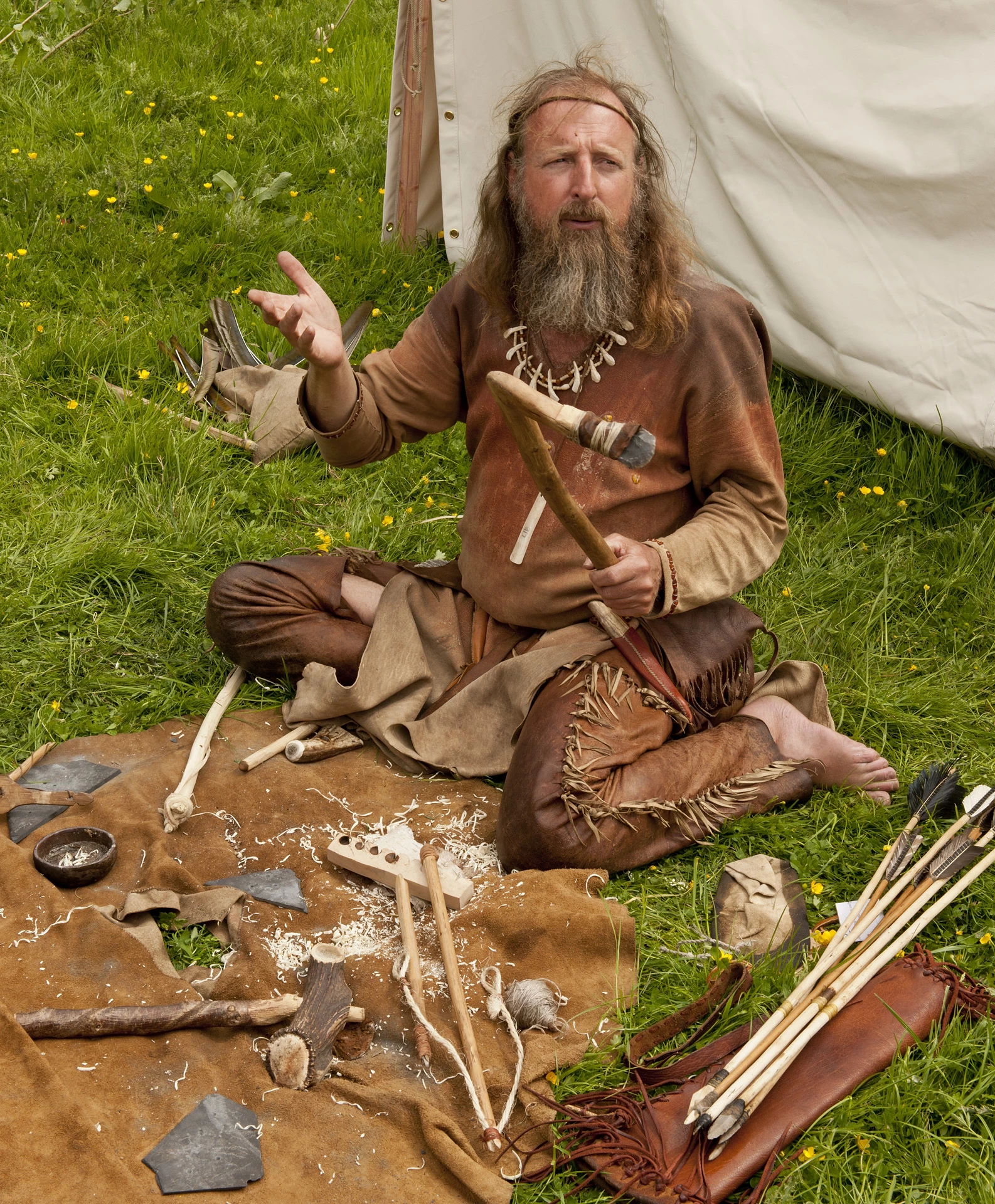St Fagans and the OpenArch project
, 3 Tachwedd 2015
For the last five years St Fagans National History Museum has been a partner in the EU Culture-funded project, OpenArch.
OpenArch is an exciting project which aims to raises standards of management, interpretation and visitor interaction in those open-air museums that focus on Europe’s early history – archaeological open-air museums (AOAMs) as they have become known. AOAMs can be found right across Europe, bringing to life everything from Stone Age campsites to Iron Age farms, Roman forts and medieval towns. Their great strength is in the way in which they present their stories, often through detailed reconstructions and live interpretation.
The partners in this project are:
Archaeological-Ecological Centre Albersdorf, Germany
Archeon, Netherlands
C.I. De Calafell, Catalonia
EXARC, Netherlands
Fotevikens Museum, Sweden
Hunebedcentrum, Netherlands
Kierikki Stone Age Village, Finland
Parco Archeologico e Museo all’aperto della Terramara di Montale, Italy
Viminacium, Serbia
And, of course, St Fagans National History Museum.
The project itself consists of three main strands: conferences and workshops, staff exchanges, and activities.
Almost all the partners have hosted conferences related to the main area they are covering in the project: management practices, visitor interaction, craft work, scientific studies and communication, among others. Many of these have attracted large audiences and all have been stimulating opportunities to share new ideas.
Staff exchanges have also been a key method of strengthening links between the partner organisations, with practitioners spending time working in one another’s institutions to help share best practice.
The activities that partners have undertaken have, of course, been very varied. For example, visitor surveys have been undertaken to help us understand how well we are serving the public, and scientific studies have been carried out to learn more about how life was lived in the past and how this can be shown to the public.
What has St Fagans done?
St Fagans has benefited tremendously from the project. Over the course of the last five years, around twenty members of staff from all parts of the Museum have had the opportunity to see how their colleagues in other museums go about their work. It’s been a chance to share what we do well, and learn from others. On one exchange visit, staff from our Events team were able to see how public activities were organized by our partners at Archeon in the Netherlands. On another, our Iron Age learning facilitator helped out on an Iron Age themed event in Calafell, Spain. The experience has certainly given us a better appreciation of the benefits of European working and has helped us to develop further ideas for collaborative working with European partners.
Throughout the project we have been using the experience we’ve gained in OpenArch to improve the quality of the new Iron Age farmhouses we’ve been building. For example, we learnt from the very high standards of interior display demonstrated by our colleagues in Modena in Italy and adopted their standards in the choice of display items; while the work of the Hunebedcentrum in the Netherlands helped in suggesting ways that we could improve our building maintenance programmes. Along the way we’ve shared what we’ve learnt and how we’ve applied it in presentations at conferences run by the partners.
Perhaps the high point of our involvement in the project was the conference that we ran in May 2015. We used this to focus the project on issues relating to the management of archaeological open-air museums, and over three days we looked at issues both theoretical and practical in the company of a very distinguished selection of speakers from across Europe.
Alongside the conference we ran a craft festival as a major public event – the first of its kind to be held at St Fagans in many years. Over the course of a packed day, we hosted around 50 craftspeople from across Wales and the UK, including colleagues from our partner museums who were with us on staff exchange. Together they put on a great show, demonstrating everything from metalworking to pot-making, leatherwork, painting, food preparation and lots more. Over 5,000 visitors came to visit and feedback was excellent.
More information about our involvement in OpenArch can be found on the project website: openarch.eu.





